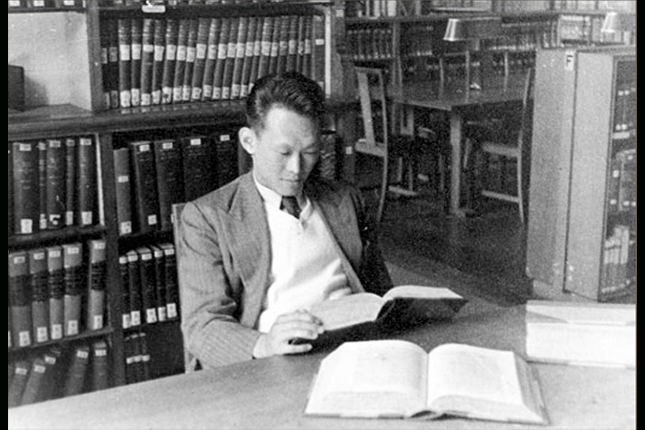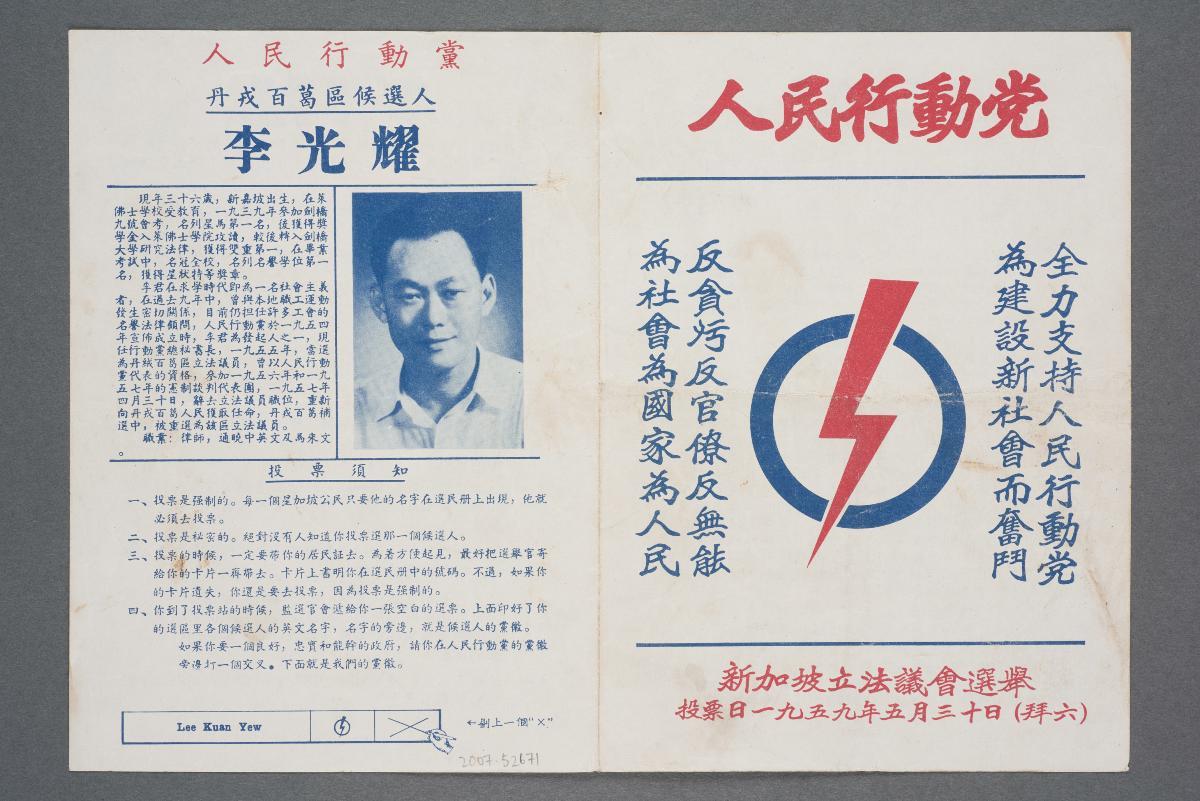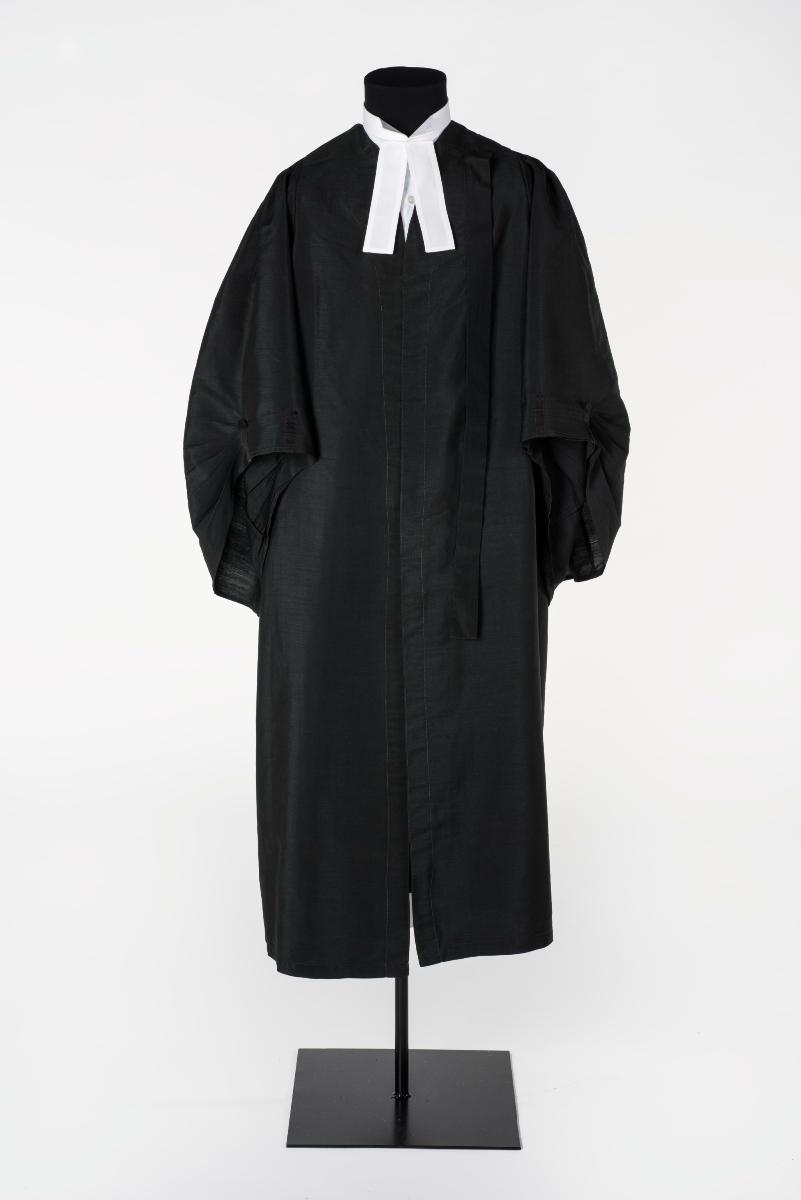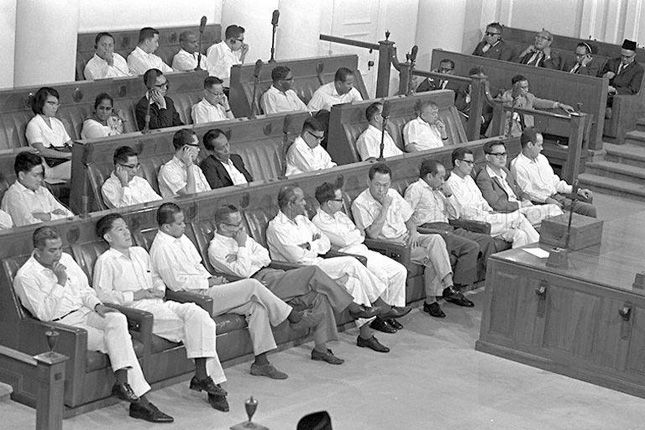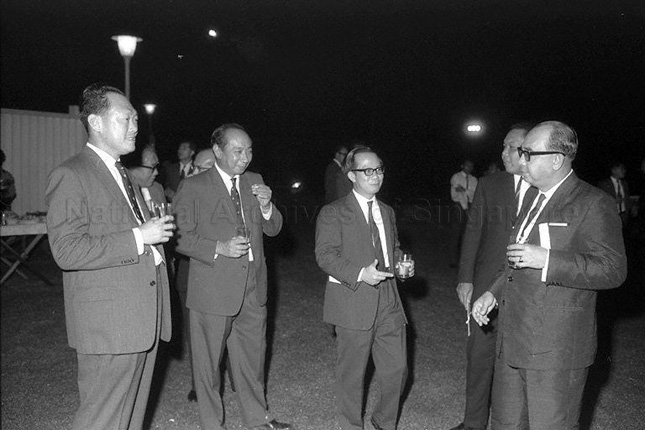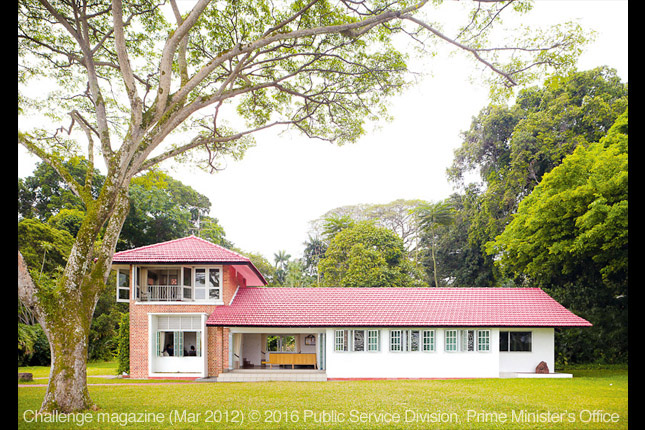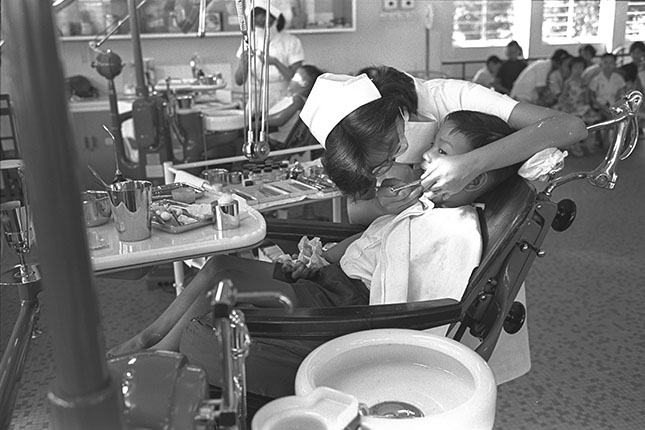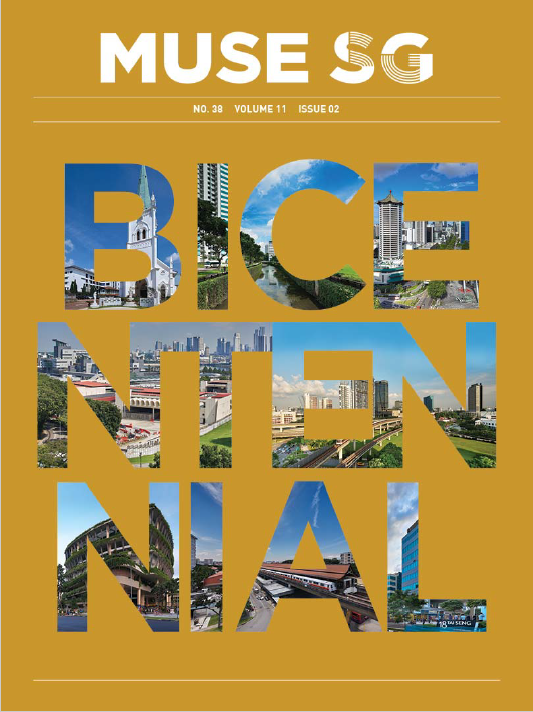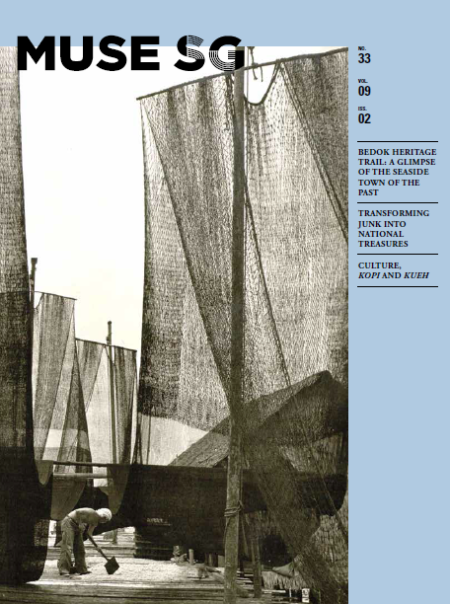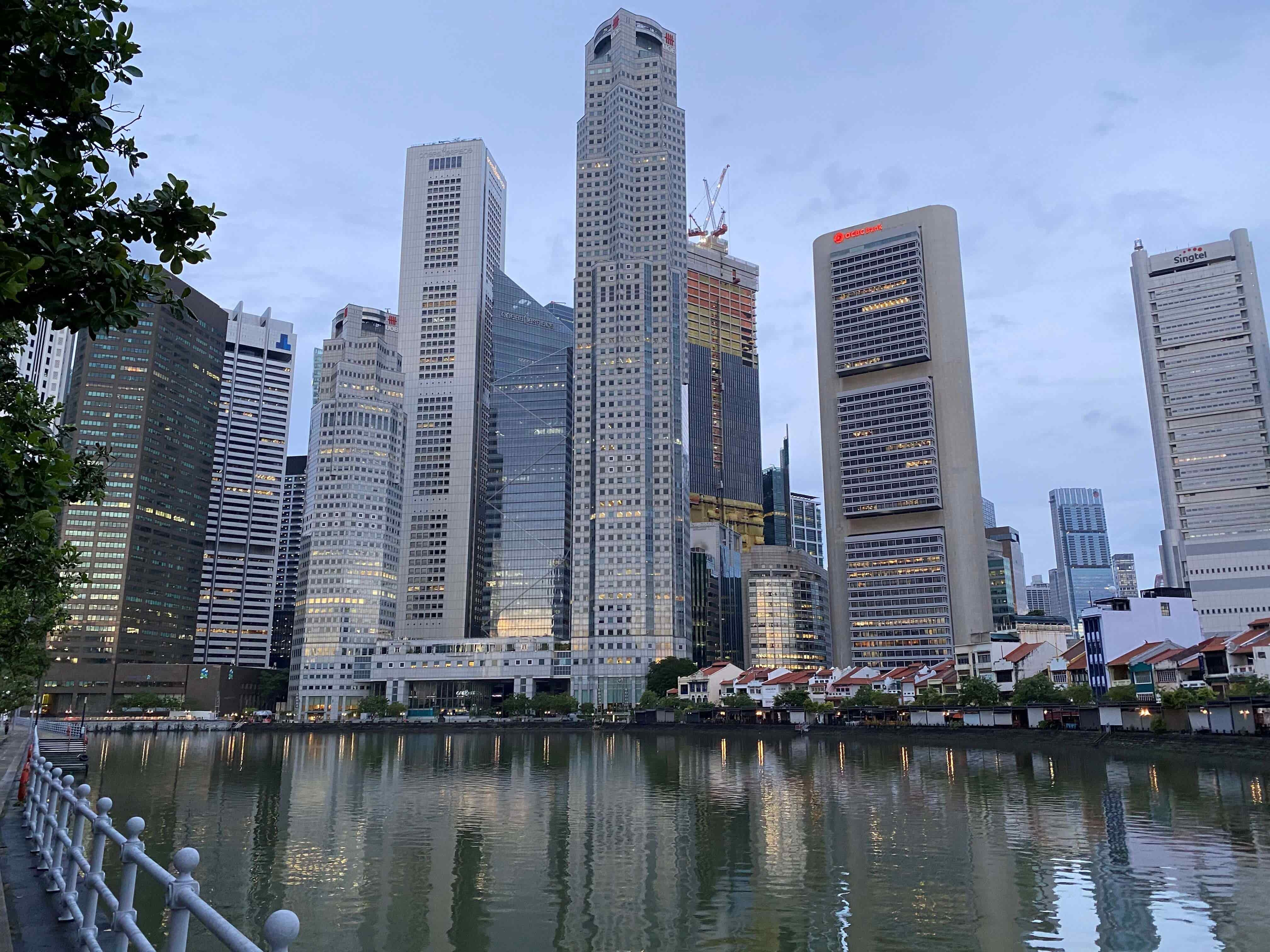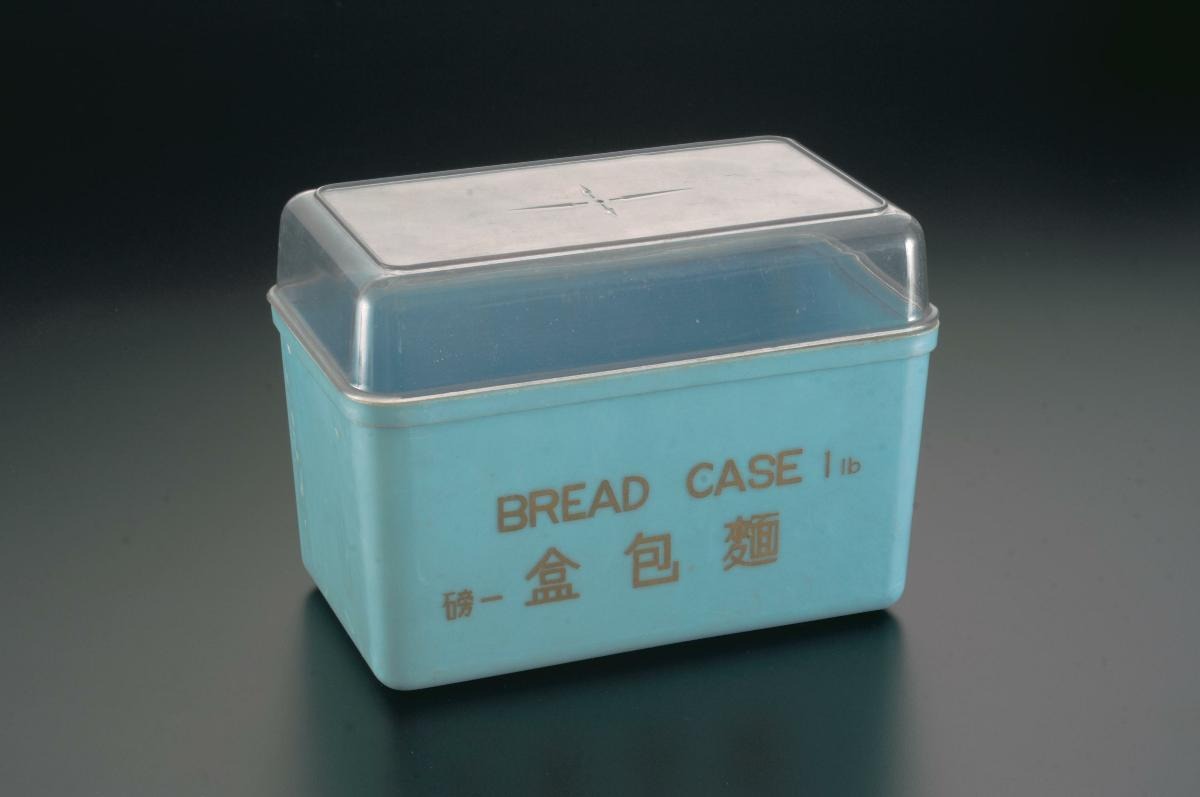TL;DR
Lee Kuan Yew was the founding father of modern Singapore. The Japanese occupation had shaped his political thinking and led to his involvement in the anti-colonial struggle. Soon after returning to Singapore in 1950 with a law degree from the University of Cambridge, he began working with the unions. He later founded the People’s Action Party together with a group of like-minded men in 1954.
Mr Lee was elected to the Legislative Assembly of pre-independent Singapore in 1955, and became Prime Minister of self-governing Singapore in 1959. He led the country through the merger with Malaysia in 1963, and separation from it in 1965. He was the driving force behind Singapore’s transformation from a Third World country to First. After stepping down as Prime Minister in 1990, Mr Lee continued to serve in the Cabinet until 2011 when he was 87 years old. He has been recognised as Asia’s pre-eminent statesman — one among the giants who spurred Asia’s rise in the 20th century.
Our cover story is a tribute to Mr Lee’s contributions to Singapore, his international stature, and the ideals and convictions that shaped him and his generation of leaders.
Text by Daniel Tham
MuseSG Volume 8 Issue 1 - Apr to Jun 2015
Introduction
Lee Kuan Yew was the founding father of modern Singapore. The Japanese occupation had shaped his political thinking and led to his involvement in the anti-colonial struggle. Soon after returning to Singapore in 1950 with a law degree from the University of Cambridge, he began working with the unions. He later founded the People’s Action Party together with a group of like-minded men in 1954.
Mr Lee was elected to the Legislative Assembly of pre-independent Singapore in 1955, and became Prime Minister of self-governing Singapore in 1959. He led the country through the merger with Malaysia in 1963, and separation from it in 1965. He was the driving force behind Singapore’s transformation from a Third World country to First. After stepping down as Prime Minister in 1990, Mr Lee continued to serve in the Cabinet until 2011 when he was 87 years old. He has been recognised as Asia’s pre-eminent statesman — one among the giants who spurred Asia’s rise in the 20th century.
Our cover story is a tribute to Mr Lee’s contributions to Singapore, his international stature, and the ideals and convictions that shaped him and his generation of leaders.
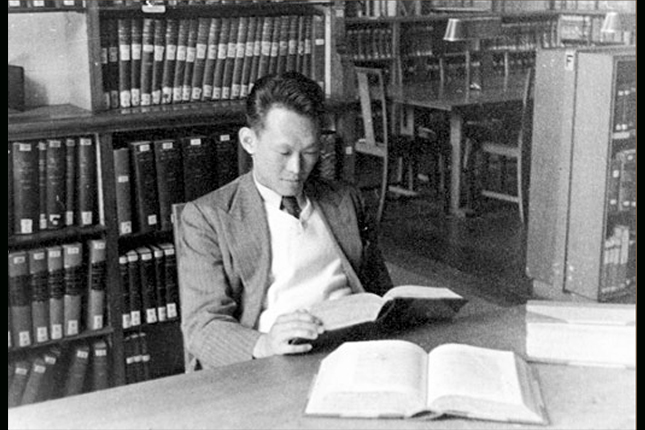
The Formative Years (1923 –1950)
Lee Kuan Yew was born on 16 September 1923 in Singapore. He was the top student from Raffles Institution in the Senior Cambridge examinations of 1940. He then entered Raffles College with the hopes of going on to study law in London, but his plans were interrupted by World War II.
After the British surrendered to the Japanese on 15 February 1942, Mr Lee narrowly escaped being killed in sook ching (“purge by cleansing”) — the Japanese army’s anti-Chinese operation which took the lives of many Chinese. He had gone to the Jalan Besar sook ching screening, but sensing something was wrong, he excused himself from the line-up. He hid with his gardener’s help and fortuitously cleared the screening the next day. He later recalled that he did not choose to enter politics; it was the Japanese occupation that brought politics to him. The brutal occupation forced him to realise that unless Singaporeans took their fate into their own hands, they would forever be at the mercy of major powers.
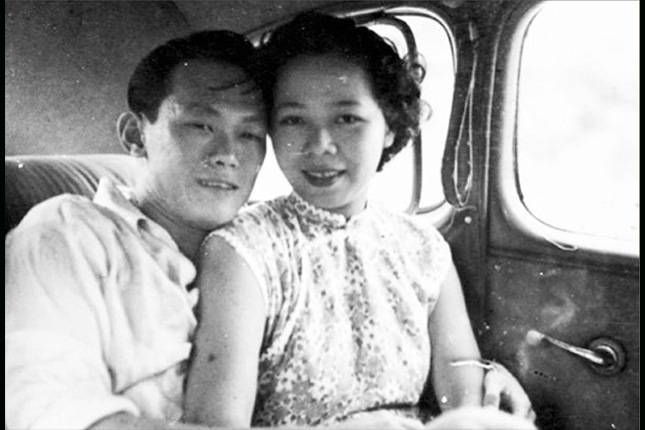
University of Cambridge and the Malayan Forum
Lee Kuan Yew resumed his studies after World War II. He first enrolled at the London School of Economics, and then moved to the University of Cambridge in 1947. He graduated from Cambridge with “Double First” honours in Law and received the only star for distinction in his year.
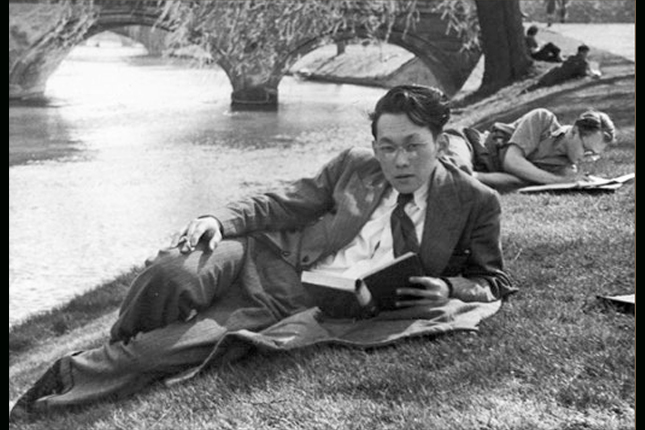
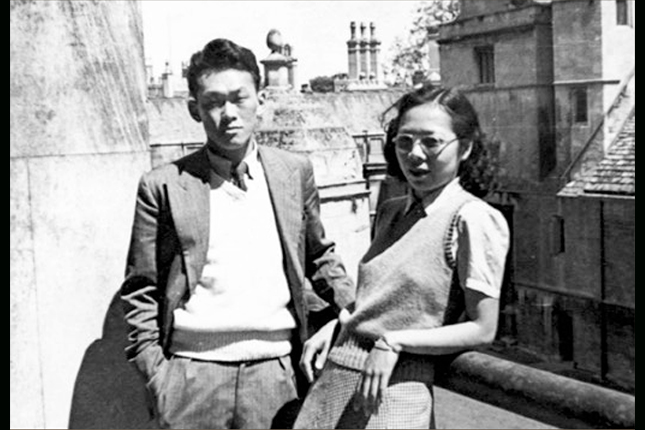
While in England, Mr Lee joined the Malayan Forum together with Goh Keng Swee and Toh Chin Chye, who would later form the PAP with him. The Forum was a group of politically conscious Malayan students in Britain who were working towards an independent Malaya, which would include Singapore. Mr Lee returned home after being called to the Bar in June 1950.
"The time has come for Malayans to unite, for we can’t stop this exploitation unless we are masters in our own country. So that is the first thing that has to be put right. We’ve got to have independence."
– Lee Kuan Yew, at an election rally, 21 March 1955
Road to Merdeka (1950 –1965)
Legal adviser to trade unions
In 1952, Lee Kuan Yew represented the Postal and Telecommunications Uniformed Staff Union in its salary negotiations with the colonial government. He exposed the high-handedness with which the postal workers had been treated, but advised them to adopt a peaceful, moderate approach in the negotiations. Mr Lee gained wide publicity after he succeeded in negotiating a better deal for the postal workers. Soon, more trade unions and clan associations began approaching him to be their advocate.
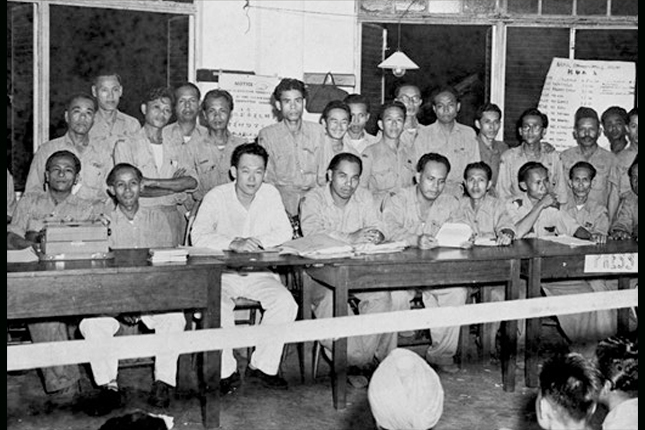
Formation of the People’s Action Party (PAP)
Together with a small group of students who had recently returned from England, Lee Kuan Yew developed the idea of forming a political party to fight for independence through constitutional means. This group — Toh Chin Chye, Goh Keng Swee, S. Rajaratnam and Kenneth Byrne, joined later by Samad Ismail and Devan Nair — met regularly in the basement dining room of Mr Lee’s home in Oxley Road.
The Fajar trial
In 1954, Lee Kuan Yew was approached to defend eight University of Malaya students who had been charged with sedition for publishing an article in Fajar, an undergraduate magazine. Together with Queen’s Counsel D. N. Pritt, Mr Lee defended the students successfully. Soon after, he represented Chinese middle-school students who were appealing their conviction for rioting over National Service registration. This was Mr Lee’s introduction to the Chinese educated world. As he described it, it was “a world teeming with vitality, dynamism and revolution”.
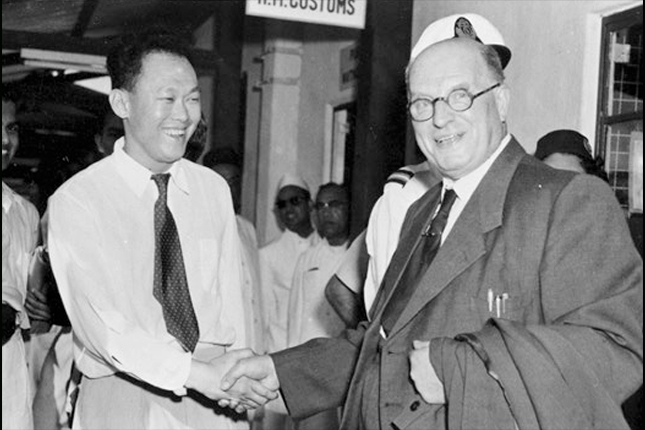
Inauguration of the PAP
Through these students, Lee Kuan Yew became acquainted with Lim Chin Siong and Fong Swee Suan, two influential figures in the Communist United Front. Mr Lee told them of his plans to form a political party, and they soon joined the Oxley Road group. On 21 November 1954 the PAP was inaugurated at the Victoria Memorial Hall.
The 1955 Legislative Assembly Election
The PAP put up four candidates, including Lee Kuan Yew. The PAP won three seats, with Mr Lee himself winning the largest number of votes cast for any candidate. He had emerged as the natural leader of the anti-colonial movement.
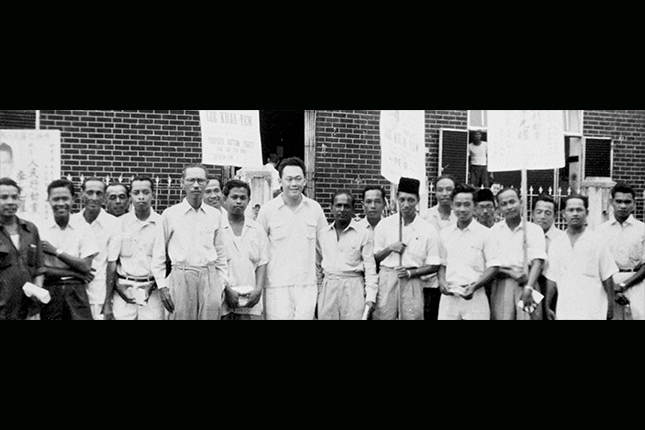
"Once in a long while in the history of a people, there comes a moment of great change. Tonight is such a moment in our lives... We begin a new chapter in the history of Singapore. The powers of the people through their elected government are limited to our internal affairs. It is not what we really want. It is but a step forward towards merger and Merdeka."
– Lee Kuan Yew, at a mass rally following the PAP’s victory in the 1959 Singapore General Election, 3 June 1959
Open front alliance
Lee Kuan Yew and his non-communist colleagues in the PAP felt they had to forge an alliance with the communists to fight colonialism. But this meant a constant tussle for control within the PAP. Mr Lee secretly met Fong Chong Pik, a representative of the Malayan Communist Party whom he named “the Plen”, short for Plenipotentiary, in his Battle for Merger talks.
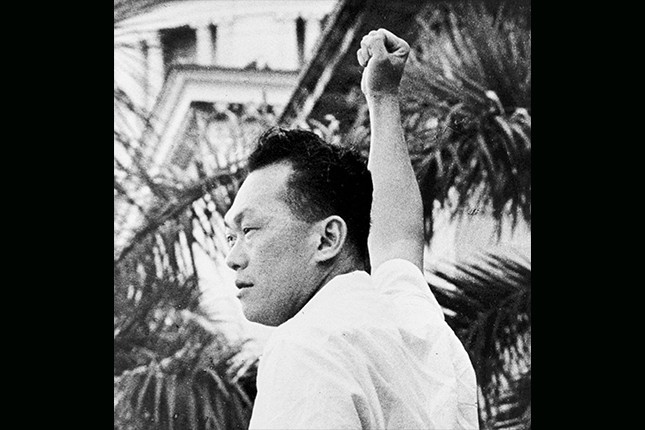
The 1959 General Election
The PAP took 43 out of 51 seats in Singapore’s first general election for a fully-elected legislature. It was a landslide win. Lee Kuan Yew became the first Prime Minister of self-governing Singapore. He began immediately implementing the far-reaching social and economic policies that transformed the island over the next few decades.
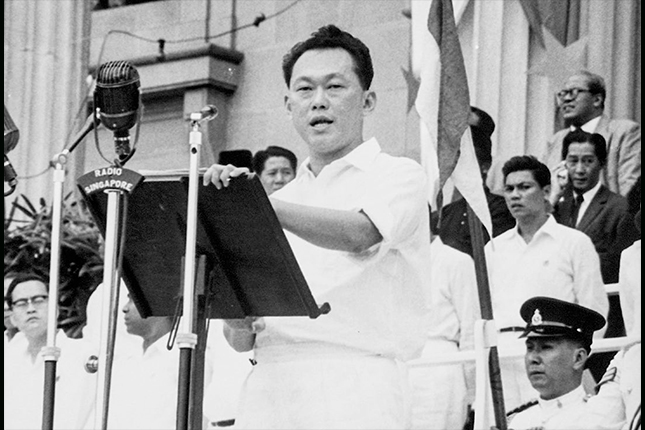
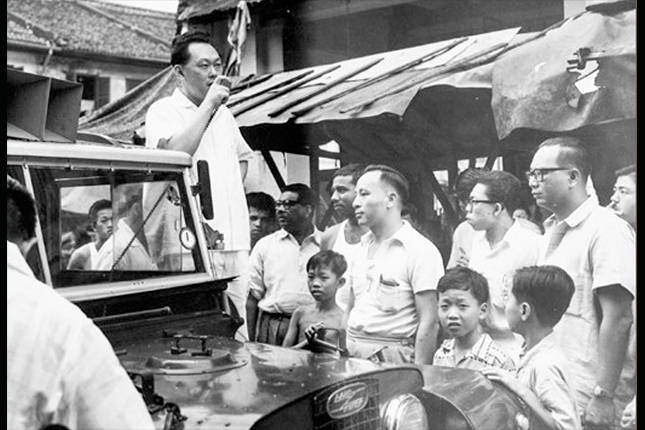
Independence through merger
In May 1961, the Prime Minister of the Federation of Malaya, Tunku Abdul Rahman, announced the possibility of a merger with Singapore. Disagreement over this issue prompted a split in the PAP in July 1961. The pro-communists led by Lim Chin Siong first tried to bring down the government in the Legislative Assembly. When they failed, they broke away to form the Barisan Sosialis. The trade unions also split — those loyal to the PAP formed the National Trades Union Congress (NTUC), while the pro-communist unions set up the Singapore Association of Trade Unions (SATU).
This resulted in a fierce battle for the hearts and minds of Singaporeans. Lee Kuan Yew made a series of radio broadcasts to expose the communists — their aims, methods and organisation — and visited all 51 constituencies. A referendum was held in September 1962 in which the PAP’s proposal for merger with the Federation won 71 percent of the votes. A year later, on 16 September 1963, Singapore became part of Malaysia. Five days after Merger, the PAP won 37 seats in the 1963 General Elections, compared to the Barisan Socialis’ 13. The PAP — with Mr Lee’s “superb political generalship,” as Dr Goh Keng Swee later described it — had survived the communist onslaught.
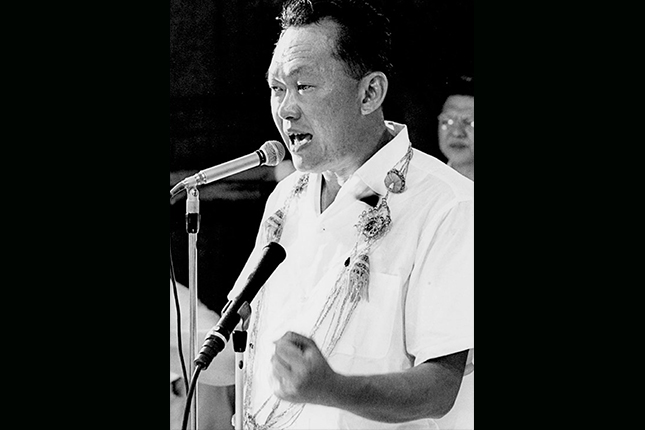
Separation
Merger, however, turned out to be an unhappy experience. The PAP contested the 1964 Malaysian General Election, but won only one seat in the peninsula.
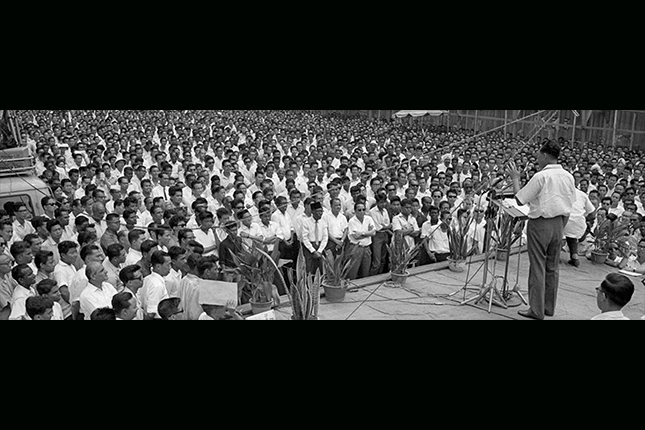
Racial riots broke out in Singapore on 21 July 1964. Relations between Singapore and Kuala Lumpur deteriorated as Lee Kuan Yew campaigned for a non-communal “Malaysian Malaysia”.
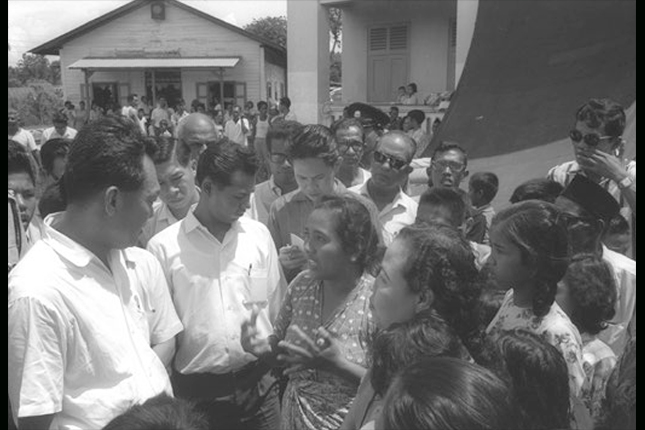
On 9 August 1965, Singapore separated from Malaysia. The image of Mr Lee on television crying over this “moment of anguish” was something no Singaporean would forget.
"I have a responsibility for the survival of the two million people in Singapore... my overriding, my paramount duty is the survival of my own people... I am determined that they will survive and I think they’ve got enough grit in them."
– Lee Kuan Yew, interview with foreign correspondents, 14 August 1965
Survival and Nationhood (1965 –1990)
This period has been closely identified with Lee Kuan Yew’s leadership and strength of character. Assisted by a group of exceptionally able colleagues, he transformed Singapore into a progressive, open and economically successful nation.
Obtaining international recognition for Singapore
Lee Kuan Yew believed that it was most important to position Singapore in the international system. Before Singapore’s independence, he had already been meeting key figures of that time (including Nehru, Nasser and Tito) and leading missions to Africa and Australia on behalf of Malaysia. He put this experience to good use as soon as Singapore became independent.
Rule of law and non-corruptibility
Lee Kuan Yew initiated constitutional changes and adapted the rule of law to the local context. He insisted on high standards of probity in government and was relentless in fighting corruption. He believed the success of the country depended on the strength and integrity of its institutions, particularly the civil service and the judiciary.
A Singaporean Singapore
Lee Kuan Yew envisioned a meritocratic, multiracial, multi-religious and multi-lingual society, where no one would be favoured or discriminated against because of their race, language or religion. He shunned race-based political parties and stressed the importance of racial and religious harmony. In education, he instituted bilingualism with English as the medium of instruction and with Mandarin, Malay and Tamil as the mother tongues. There shall be no majorities or minorities in Singapore, he declared soon after Separation. He combated chauvinism in all its forms.
Building a defence force
To ensure Singapore’s security, Lee Kuan Yew worked closely with Defence Minister Goh Keng Swee to build up the Singapore Armed Forces. In 1967, he introduced compulsory National Service for all 18-year-old male citizens. 900 full-time National Servicemen were enlisted in the first batch that year.
Surviving without the British military
In the 1960s, the British military bases contributed about 20 percent to Singapore’s Gross Domestic Product. After the British announced in 1968 they were withdrawing their forces “East of Suez”, Lee Kuan Yew negotiated with British leaders a generous aid package and a postponement of the date British forces would leave Singapore, from March to December 1971. He also set up the Bases Economic Conversion Department, led by Hon Sui Sen, to oversee the conversion of British military bases and facilities into commercial use. In this way, by boldly turning crisis into opportunity, Singapore survived the British withdrawal. That was to become a hallmark of Mr Lee’s leadership as Singapore tackled the crises of the 1970s and 1980s.
"We cannot go backwards in time, to the old trading port of Singapore. We have to move forward and upwards, diversify our economy, upgrade technology in factories and offices, and increase our knowledge and skills."
– Lee Kuan Yew, National Day Message, 8 August 1982
Establishing Singapore’s economic base
Unique among leaders of developing nations of his time, Lee Kuan Yew welcomed multi-national companies. He saw them as a means of industrialisation and to link up Singapore to the world. Central to his economic vision was the establishment of industrial harmony. Mr Lee worked closely with Devan Nair and the National Trades Union Congress (NTUC) to promote tripartism. The National Wages Council was set up in 1972 with representatives from unions, management and government to achieve a consensus on wage issues.
Creating a financial centre
Together with Dr Goh Keng Swee, Lee Kuan Yew helped make Singapore a global financial centre. In 1967, the Board of Commissioners of Currency was established to issue the Singapore currency. In 1971, the Monetary Authority of Singapore, the country’s de facto central bank, was established. And in 1981, the Government of Singapore Investment Corporation (GIC) was formed to invest government reserves. Mr Lee served as GIC chairman from its founding till 2011.
A stake for each citizen
Giving every citizen a stake in the country was of primary importance to Lee Kuan Yew. His vision was a nation where every citizen owned a home. So he set up the Housing and Development Board to build and sell flats to Singaporeans. As wages rose, Mr Lee also raised the Central Provident Fund contribution rates to help Singaporeans buy homes and ensure they have adequate retirement savings. In 1984, he initiated Medisave, a national medical savings scheme. These schemes and institutions — HDB, CPF, Medisave — remain the bedrock of Singapore’s social policy today.

Organising the grassroots
To nurture confidence and trust between the people and the government, Lee Kuan Yew set up the People’s Association and became its first chairman. Community Centres were built all over the island to bring people together. In addition, Mr Lee launched many campaigns — from “Keep Singapore Clean and Green” to “Speak More Mandarin, Less Dialect”. He and his old Guard colleagues considered themselves to be public educators as much as political leaders.
"People must feel that Singapore is worth being part of and worth defending. Otherwise, we cease to exist... We can make Singapore a vibrant and thriving society, with opportunities for a rewarding and fulfilling life. "
–Lee Kuan Yew, National Day Message, 8 August 1989
Establishing international relations
Lee Kuan Yew helped Singapore establish strong relations with major powers like the United States, China, India, Japan and the United Kingdom. He welcomed the United States as a stabilising force in the Asia-Pacific region. His rapport with Deng Xiaoping led to the strengthening of ties with China from the 1980s. Mr Lee was well received by the top world leaders of his time.
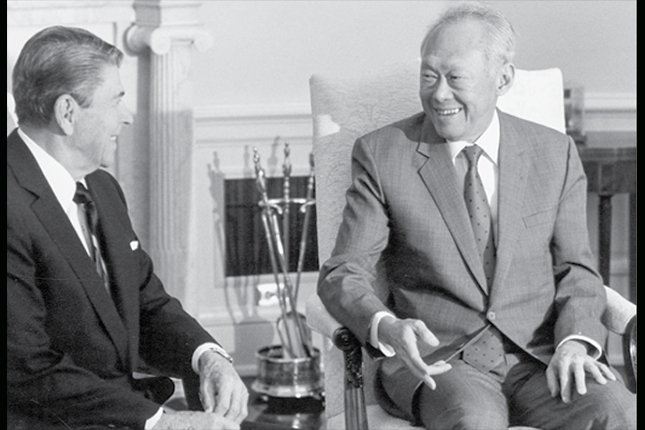
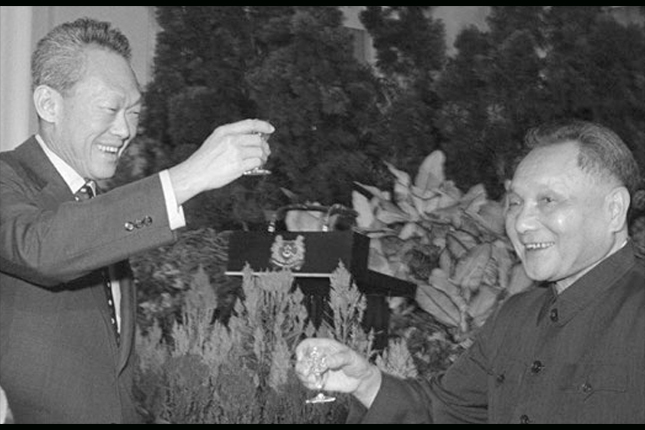
The Commonwealth and ASEAN
Lee Kuan Yew ensured Singapore’s voice was heard on the world stage. Singapore hosted the Commonwealth Heads of Government Meeting in 1971, with Mr Lee as the chairman. Together with his Foreign Minister S Rajaratnam, Mr Lee was a strong supporter of the Association of Southeast Asian Nations (ASEAN), which he viewed as important to regional stability.
Placing Singapore on the world map
Mr Lee took a personal interest in Singapore Airlines (SIA), and urged it to focus on international rather than regional routes. His decision to build Changi International Airport, which opened in 1981, helped Singapore become the air hub of the region.
A clean and green Singapore
Mr Lee believed in a clean and green environment. He was the inspiration and chief architect of Singapore’s transformation into a “garden city”, and later into a “city in a garden”. The clean-up of the Singapore River and the Kallang River basin — a massive project that took 10 years to complete — together with the waterways, parks and trees that dot Singapore’s landscape are among the most enduring of Mr Lee’s achievements.
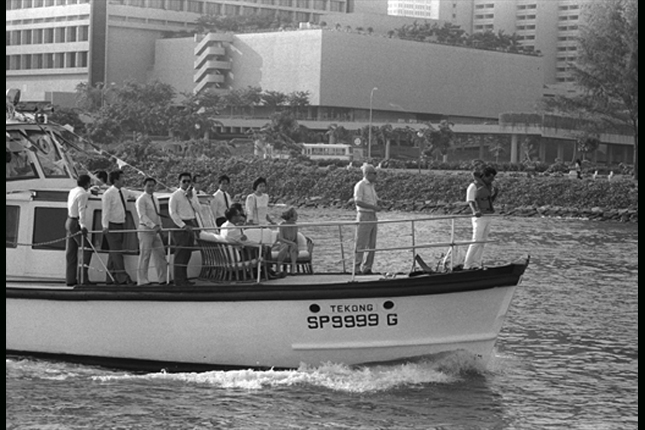
The water story
Singapore’s dependence on Malaysia for its water was a matter of profound importance. Lee Kuan Yew was the key figure in all bilateral talks with Malaysia over water. Thanks to his leadership, Singapore focused on developing its own water resources. This included converting more than three- quarters of the island into water catchment areas, developing desalination plants and introducing NEWater or reclaimed water.
Leadership succession
Lee Kuan Yew believed that the continued success of Singapore depended on having capable people in government, especially its political leadership. After the 1988 General Elections, he paved the way for Goh Chok Tong to succeed him as Prime Minister. He saw this as his final duty as Prime Minister before stepping down in 1990.
"... my values are for a government which is honest, effective and efficient in protecting its people and allowing opportunities for all to advance themselves in a stable and orderly society, where they can live a good life and raise their children to do better than themselves..."
–Lee Kuan Yew, keynote speech at the Create 21 Asahi Forum in Tokyo, 20 November 1992
His Legacy
Senior statesman
Lee Kuan Yew stepped down as Prime Minister in 1990, but remained in the Cabinet as Senior Minister.
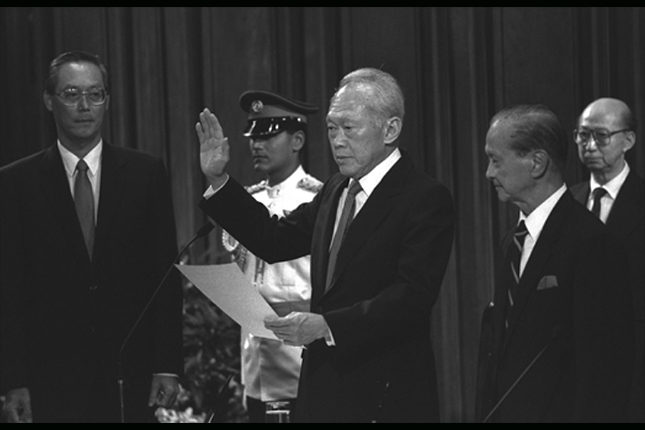
He was appointed Minister Mentor in August 2004, when Lee Hsien Loong succeeded Goh Chok Tong as Prime Minister. He served in this position till 2011, when he retired from the Cabinet.
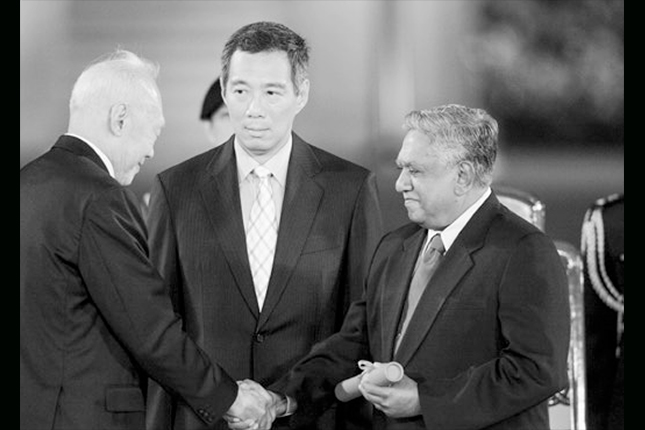
Mr Lee had an active post-Prime Ministerial career, and his presence was felt both at home and abroad. One of the highlights of these years was the publication of his two-volume memoirs. It was translated into many languages, including Spanish, Portuguese and French, reflecting the worldwide interest in the views of Asia’s pre-eminent elder statesman.
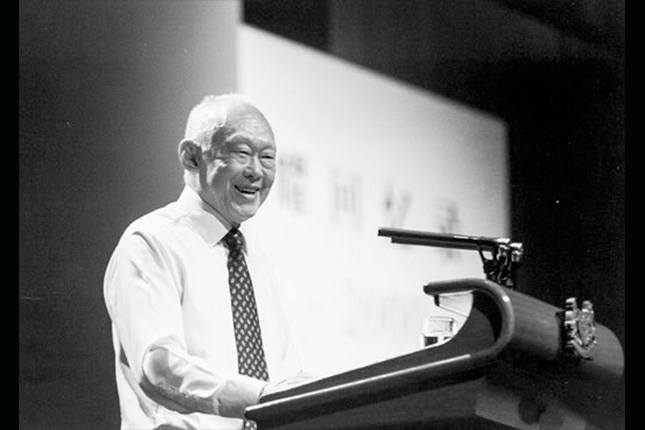
Legacy
Lee Kuan Yew’s legacy is Singapore. He devoted every fibre of his being, the full measure of his considerable talents and energy, to the betterment of his fellow citizens. He believed in a fair and just society, one in which every citizen had a stake. He believed we could be “one united people, regardless of race, language or religion”. He believed government had to be honest and strong if it was to be a force for good. He thus insisted on the rule of law, meritocracy and zero tolerance of corruption. It is upon these solid foundations laid by Lee Kuan Yew and his generation of leaders that Singapore will continue to thrive in the decades to come.




